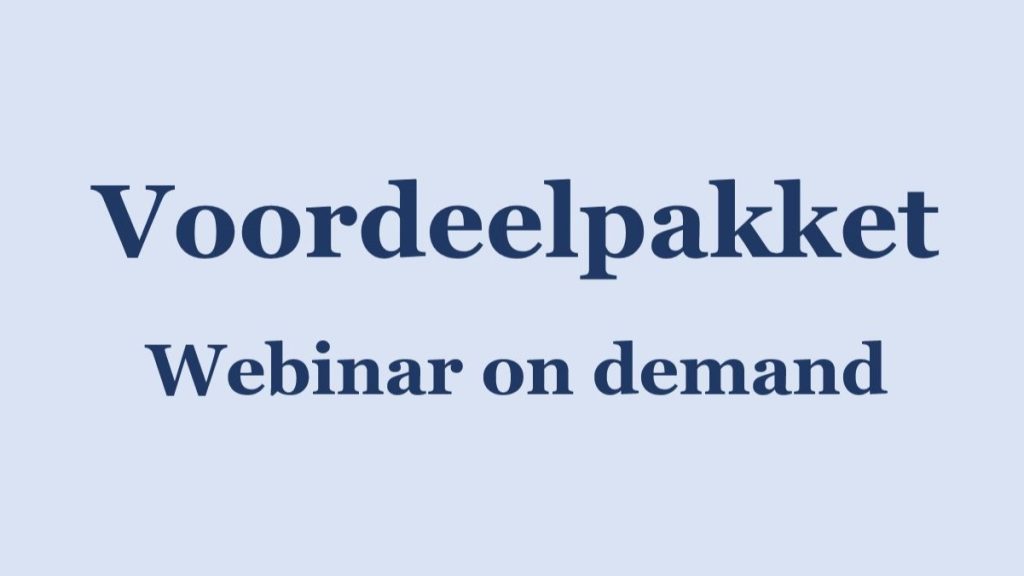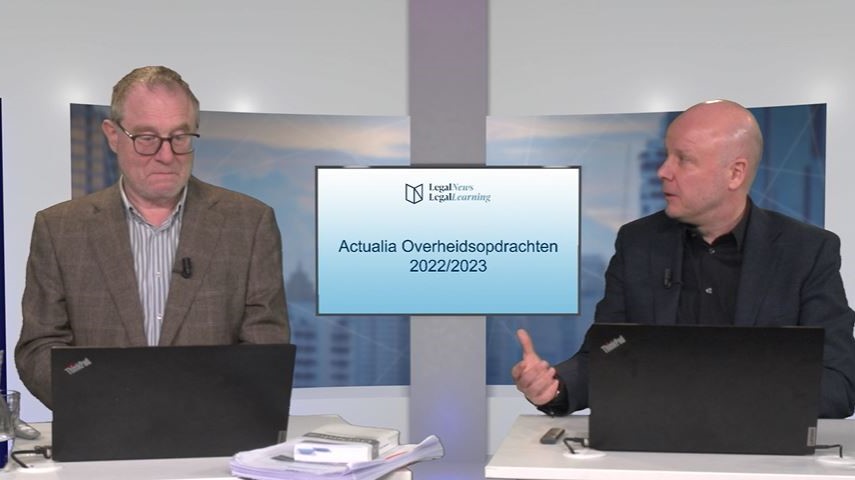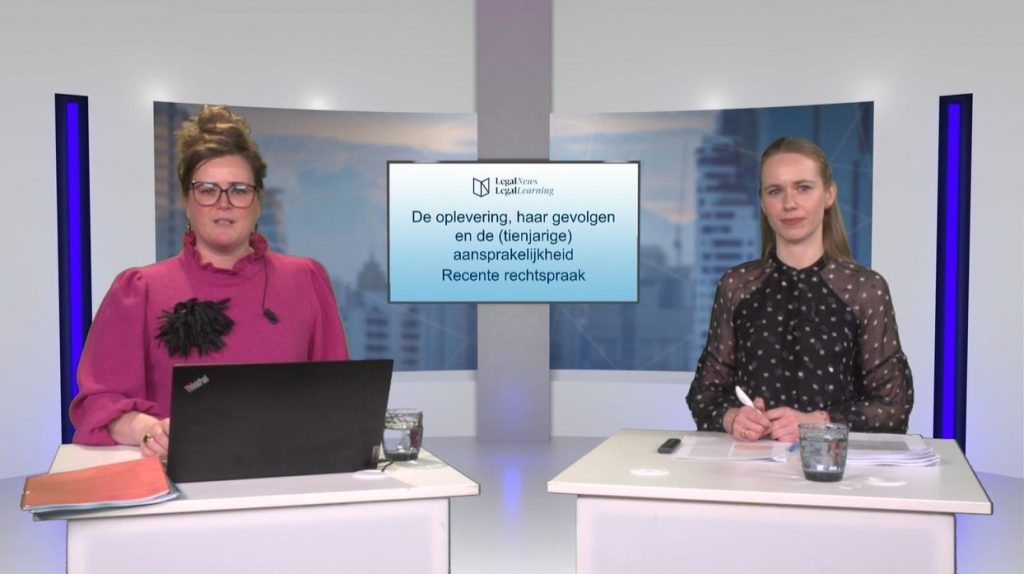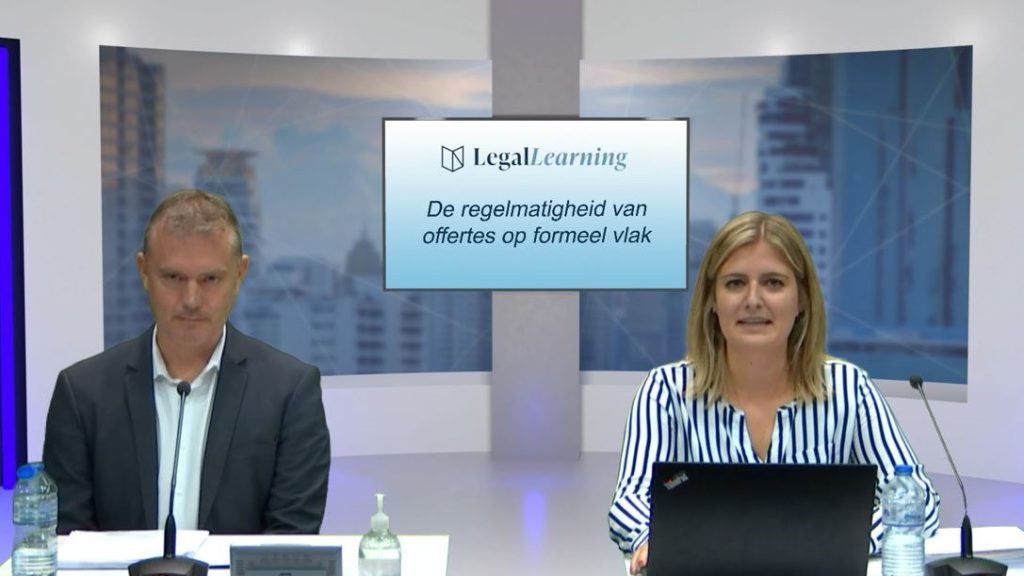Actualia Overheidsopdrachten
2023/2024
Dhr. Constant De Koninck (Rekenhof) en mr. Peter Teerlinck (& De Bandt)
Webinar op donderdag 5 december 2024
Vastgoedtransacties
door én met administratieve overheden:
overheidsopdracht of uitgesloten vastgoeddienst?
Dhr. Constant De Koninck (Rekenhof)
Webinar op donderdag 13 juni 2024
Recente wetgevende ontwikkelingen
met impact op de bouwsector
Prof. dr. Kristof Uytterhoeven (Caluwaerts Uytterhoeven)
Webinar op dinsdag 27 augustus 2024
E-procurement in Belgium: Towards a complete automation of public procurement? (Altius)
Author: Vera Van Thuyne (Altius)
Publication date: 25/01/2019
Public procurement is one of the fields in which government is rapidly digitalising. Since 18 October 2018, all communication for tenders in which the estimated value of the contract is equal to or higher than the threshold for European publication must take place using an electronic platform. As of 1 January 2020, the use of electronic means of communication will be compulsory for all published tenders. In practice, this means the mandatory use of the electronic European Single Procurement Document (e-ESPD). We discuss below what e-procurement can mean for your business.
Simplifying the life of businesses and government
The goal of so-called e-procurement is both to make the different public tendering procedures easier for businesses to participate in and for the public sector to manage. The use of electronic means of communication should lead to greater transparency and efficiency.
For instance, the e-ESPD allows a business to re-use information from a previously submitted tender, meaning that it does not need to repeat the same information again and again when frequently participating in tenders. The ESPD itself is a self-declaration of the businesses’ financial status, abilities and suitability. It offers preliminary evidence concerning the exclusion and selection criteria. With the ESPD, the full set of underlying certificates and attestation only needs to be presented by the winning business. However, the e-ESPD also allows for the integration of national databases, relieving businesses of the burden of providing documentary evidence of having met these criteria, since this information is often already available in databases owned by public authorities (and which is referred to as the ‘once-only’ principle).
E-procurement also makes it easier for businesses to participate in tenders in other EU Member States. By linking the e-ESPD to the European e-Certis database, businesses can easily identify which are their national equivalents to the certificates and other types of evidence requested.
In Belgium, the e-ESPD can be used through the Belgian e-Tendering website or the platform of the European Commission. However, the European Commission’s platform will cease to exist after 18 April 2019, while the Belgian e-Tendering website will remain accessible.This means that Belgian businesses who wish to submit a tender in another Member State of the European Union, will need to use the platform provided by that Member State as from 18 April 2019.
Different types of tools in Belgium and when to use them
The e-ESPD is not the only digital tool for businesses. Other available tools for both businesses and public authorities in Belgium are:
- e-Notification: to publish and consult tenders online;
- e-Tendering: which allows public authorities to electronically generate and award tenders, and businesses to electronically submit bids;
- e-Auction: to organise and participate in reverse electronic auctions. An electronic auction is a repetitive electronic process, which occurs after an initial full evaluation of the tenders, enabling tenders to be ranked using automatic evaluation methods;
- e-Awarding: to electronically evaluate and award tenders, and is thus only accessible for governments;
- e-Catalogue: to manage electronic product catalogues for framework agreements;
- e-Invoicing: once a tender has been awarded, invoicing will also be done electronically. E-Invoicing entails more than sending a paper invoice in pdf format. An e-invoice is an invoice in the xml format that can be automatically processed by accounting software. Automatic processing provides for a faster payment by the contracting authority. E-Invoicing is in certain cases (depending on the public authority and the value of the tender) already mandatory in Belgium. Businesses can use the public Mercurius platform to issue invoices to public authorities.
Common issues when submitting tenders online
Even if IT-solutions offer a lot of advantages, they are not infallible. This is why the rules on e-procurement contain the power for governments to postpone the opening of tenders, if they become aware that the electronic platform was unavailable. The Belgian Council of State also established a duty for governments to guarantee the availability of electronic platforms, if the government makes the use of the electronic platform compulsory. All actions on the platform are registered. If there is a problem with the accessibility of certain functions, then this data can often be obtained afterwards.
This also means that problems regarding electronic platforms could be related to the businesses’ IT-equipment. In a judgment of 26 May 2013, the Council of State did not accept this situation as force majeur. According to the Council of State, the government correctly deemed the tender to be invalid because the business had failed to submit this tender on time. In order to avoid these kind of technical issues, a demo version of the e-tendering platform has been made available to test the platform beforehand.
Another common issue, not only in the online world, is the absence of the correct signature. When submitting an electronic tender, signing also happens electronically. Belgian citizens can do so using their e-ID. Other people need to obtain a certificate from a trusted supplier to validly sign a tender electronically. A scanned signature on a pdf does not qualify as a valid electronic signature.
Please note that the person filing the tender, also needs to have the legal capacity or a valid proxy to do so. If not, the submitted tender will be considered to be invalid.
No complete automation of the process yet
The digitalisation of the public procurement process generates many efficiency gains. However, all information still must be provided by people. There is no automatic check for errors and there are also still certain cases in which the complete digitalisation of the tendering process is not possible, such as when the submission of physical or scale models is necessary. In summary, the various platforms described above are certainly useful tools, but they will not yet replace human activity.
The thresholds for European publications are based on the estimated value of the contract and are as follows:
| Works | ≥ EUR 5,548,000 |
| Supplies | ≥ EUR 221,000 |
| Services | ≥ EUR 221,000 |
| Social and other specific services | ≥ EUR 750,000 |
» Bekijk alle artikels: Overheid & Aanbesteding
















